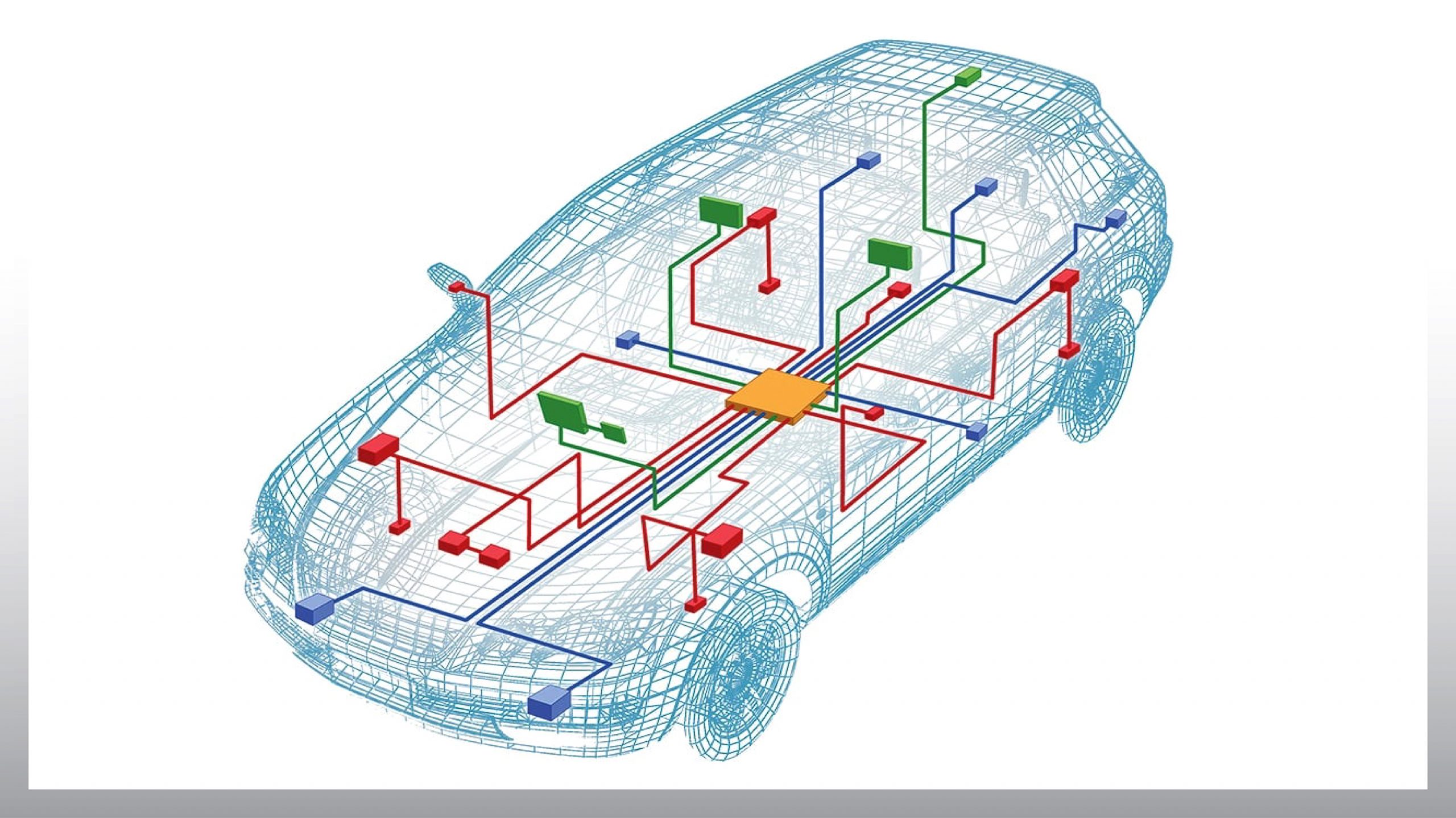Product information
What are auto parts? Key notes when buying auto parts
Auto parts are individual components designed to replace damaged originals or to upgrade a vehicle’s performance, functionality, and aesthetics. Choosing genuine auto parts ensures optimal operation, enhances safety, and extends the vehicle’s lifespan. This article explains in detail what auto parts are and key criteria to consider when buying them.
What are auto parts?
Auto parts are standalone components produced for automobiles. Their primary purpose is to replace or upgrade parts that are broken or worn and no longer function properly.
Auto parts come in diverse structures and sizes to match each vehicle line. Using the right parts for your vehicle brings several benefits:
- Optimal performance: Precisely engineered components help the vehicle run smoothly, powerfully, and fuel-efficiently.
- Longer service life: High-quality, correct-fit parts keep systems durable, reduce failures, and extend the vehicle’s lifespan.
- Safety assurance: Using parts compatible with your model ensures safe operation and prevents unexpected breakdowns.
Different types of auto parts
Auto parts can be categorized in many ways, but the most common is by installation location:
Chassis parts
Chassis parts support vehicle load balance, keep the car stable on the road, improve handling, and enhance ride comfort—helping you drive safely and efficiently. They include the suspension, steering, brakes, drivetrain, frame, and stability & control systems (ESC).

How chassis parts work
The suspension—springs and dampers—absorbs road impacts to maintain stability across terrains and deliver a better driving experience. The steering system controls direction, providing flexibility and precision. In short, chassis parts are critical for safety, performance, and stability; proper care helps protect safety and reduce long-term maintenance costs.
Body parts
Body parts play a vital role in mitigating impacts and protecting occupants. Key components include the frame, hood, mirrors, grille, and bumpers. They are carefully designed so vehicle systems operate in optimal conditions.
Benefits of using genuine, model-specific body parts:
- Impact protection: Engineered materials and structures protect the engine, frame, and internal systems from collision damage, keeping the driver and passengers safe.
- System efficiency: Aerodynamic body shapes support smooth movement, fuel savings, and noise reduction. Tight body seals shield internal systems from dust, water, and sunlight for optimal performance.
- Appearance and comfort: Attractive, premium exterior design elevates the car’s look. Careful construction improves sound insulation for a quiet, comfortable cabin.

Electrical parts
Automotive electrical parts include bulbs, connectors, wiring, sensors, alternators, batteries, starters, and electronic control systems such as ABS, ignition, engine control, and more.
They are crucial for the safe operation of the vehicle’s electrical systems. When issues arise, inspection, maintenance, and replacement are essential to keep the car stable and safe on the road.

Electrical parts can be grouped into three main categories:
Starting and charging system
- Battery: Powers the starter and electrical devices when the engine is off.
- Alternator: Charges the battery while the engine runs.
- Starter motor: Uses battery power to start the engine.
Ignition system
- Ignition coil: Generates the spark for combustion so the engine can run.
- Spark plug: Delivers the spark into the combustion chamber.
- High-tension leads: Carry spark energy from the coil to the plugs.
Electronic control systems
- Engine Control Unit (ECU): Manages engine operation for efficiency and fuel economy.
- Anti-lock Braking System (ABS): Improves braking safety on slippery roads.
- Electronic Brakeforce Distribution (EBD): Allocates braking force among wheels for balance and stability.
- Electronic Stability Control (ESC): Helps maintain balance in corners or on slippery surfaces.
Notes when buying auto parts
Identify the exact parts for your vehicle
To avoid mismatches, always identify the exact parts your vehicle needs. The two most reliable ways are:
VIN (Vehicle Identification Number): A unique identifier for each car that provides precise information about components—from the engine to accompanying parts. Manufacturers typically place the VIN on the driver-side door frame, the firewall, and under the driver-side windshield.
Part code: Most components—oil filters, oil pumps, radiator fans, radiators, etc.—come with a unique code you can use to find the correct part for your vehicle.
Choose a reputable parts supplier
Check customer reviews to verify product and service quality. Also review return policies if the purchased part does not match the original agreement. Clear receipts help protect your rights if issues arise.
Thaco Parts – Vietnam’s leading OEM auto parts manufacturer
As a strategic partner to major automakers, Thaco Parts – OEM auto components (a subsidiary of THACO INDUSTRIES) manufactures and supplies OEM parts (glass, leaf springs, air-conditioning systems, wiring harnesses, condensers, interior and exterior components) for Kia, Mazda, Peugeot, Toyota, Hyundai, Isuzu, Its products are exported to the U.S., Australia, Russia, Canada, South Korea, Japan, and many other markets.
Thaco Parts products comply with international standards, including IATF 16949:2016, ISO 9001:2015, and ISO 14001:2015. With a strong grasp of global component manufacturing requirements and procedures, Thaco Parts builds localization roadmaps aligned with automakers’ standards.
This article covered “What are auto parts? Key notes when buying auto parts.” If you’re looking for a quality OEM auto-parts manufacturer at competitive prices, Thaco Parts is an excellent choice. For prompt advice and support, please contact us via hotline: (+84)348620063.


